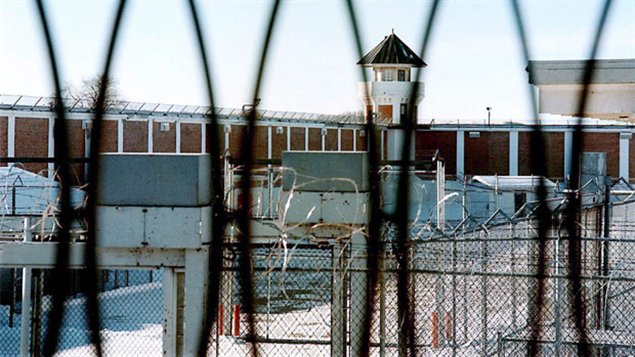Canada’s prison population has grown by almost nine per cent over the last five years, mostly driven by increases in the numbers of ethnically and culturally diverse offenders, reports Correctional Investigator, Howard Sapers. The investigator is an ombudsman mandated to examine inmate complaints and to make recommendations to the government to address them.
Although the changes reflect demographic changes in Canadian society, Sapers notes there are some groups that are “disproportionately over-represented in federal penitentiaries and growing at an alarming rate.”
Aboriginals and blacks over-represented
Aboriginals make up almost a quarter of all inmates when they only account for four per cent of the general population. Black inmates are over-represented, particularly in maximum-security institutions and they report facing discrimination and prejudicial attitudes by some staff.
The prison service should develop a training plan in the areas of diversity, sensitivity and cultural diversity, recommends the report. It should also establish a special liaison officer to build and maintain links with culturally diverse community groups.
Inmates increase as crime decreases
The prison population is growing at a time when the crime rate is decreasing, Sapers notes. He adds that Canadian law requires the use of incarceration as a last resort that should be used as little as possible for the shortest time necessary, but current government policies seem to run counter to that.
Listen
Prison populations decline elsewhere
“When you decrease opportunities for conditional release, when you increase the number of mandatory minimum penalties (for crime committed) you begin to erode that principle of least restrictive measure. It then really becomes a discussion between how do you best protect society,” says Sapers. He notes that other countries like the United States are relying less on incarceration when crime rates are low and communities are safe.
The report also raises issues around mental health care, prevention of deaths in custody, conditions of confinement and access to correctional programs. The report has been tabled in parliament and is available on line.







For reasons beyond our control, and for an undetermined period of time, our comment section is now closed. However, our social networks remain open to your contributions.